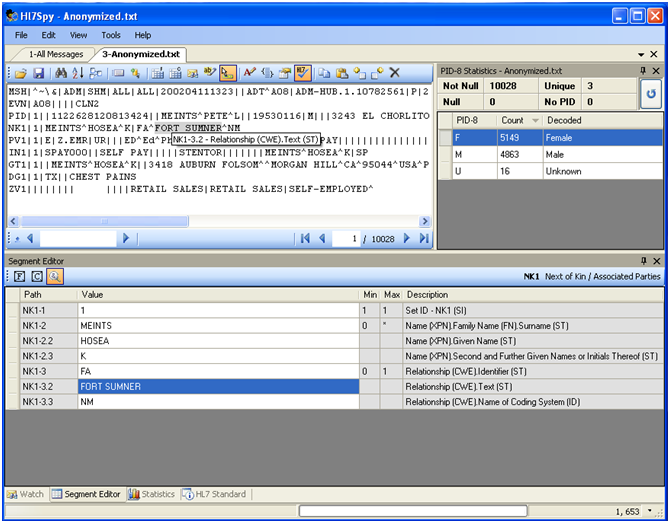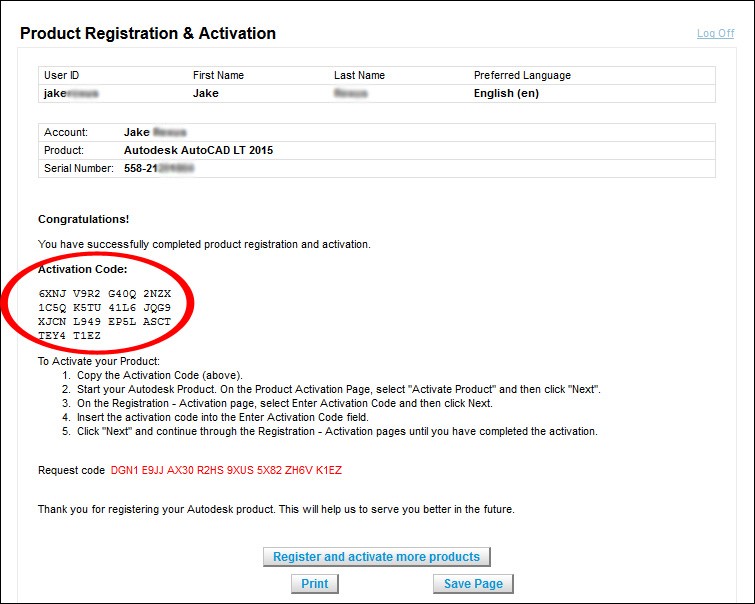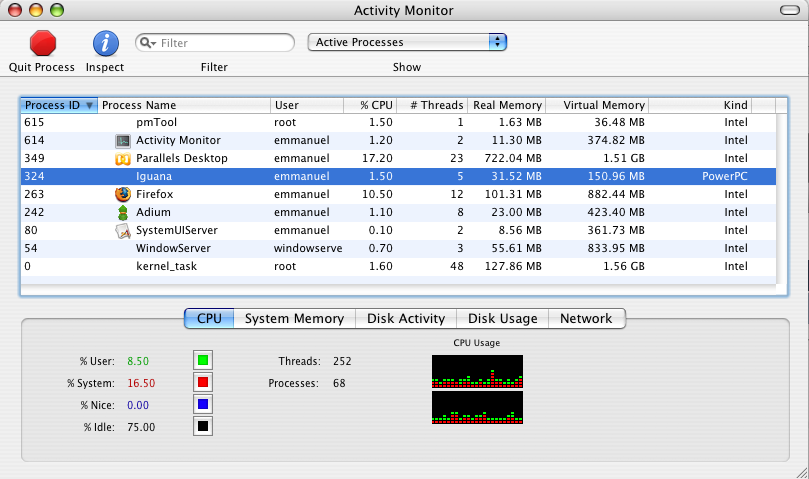

But as you can immediately see, if the next message won't be sent until an ACK is received, it is possible to slow down the rate of inbound messages by delaying the sending of the ACK message. This was done, one presumes, to ensure that if messages are rejected due to errors in content, message formats, system downtime etc., they can be corrected either at the source or queued until the destination system comes back up. It is usually the way the HL7 systems are implemented in practice to ensure messages are handled appropriatelt. Actually, that is not quite correct (thanks for a reader for pointing this out to us). The HL7 standard defines that the sending systems cannot send another message to a system until it has received an ACK in response.


Types of ACK messages and associated processing rules the message data has been taken into a transient store like a processing queue or permanent store like a database (more on this in a minute as well).the message is valid based on HL7 processing rules (more on this in a minute) and optionally.the message (specified by an identifier) was received.Additionally, as you can imagine, the volumes of messages being received by these systems could get large, hence there is a possibility the message could get dropped. ADT message is sent to all interested systems as soon as it happens without being asked for it. Note that these messages are usually unsolicited - i.e. labs) to communicate information such as internal patient identifiers (otherwise how will the lab know if the incoming order is for a valid patient or not, what identifier to use etc.). So, if an event happens in one system (patient is admitted), then that event has to be sent to another system (e.g.


 0 kommentar(er)
0 kommentar(er)
